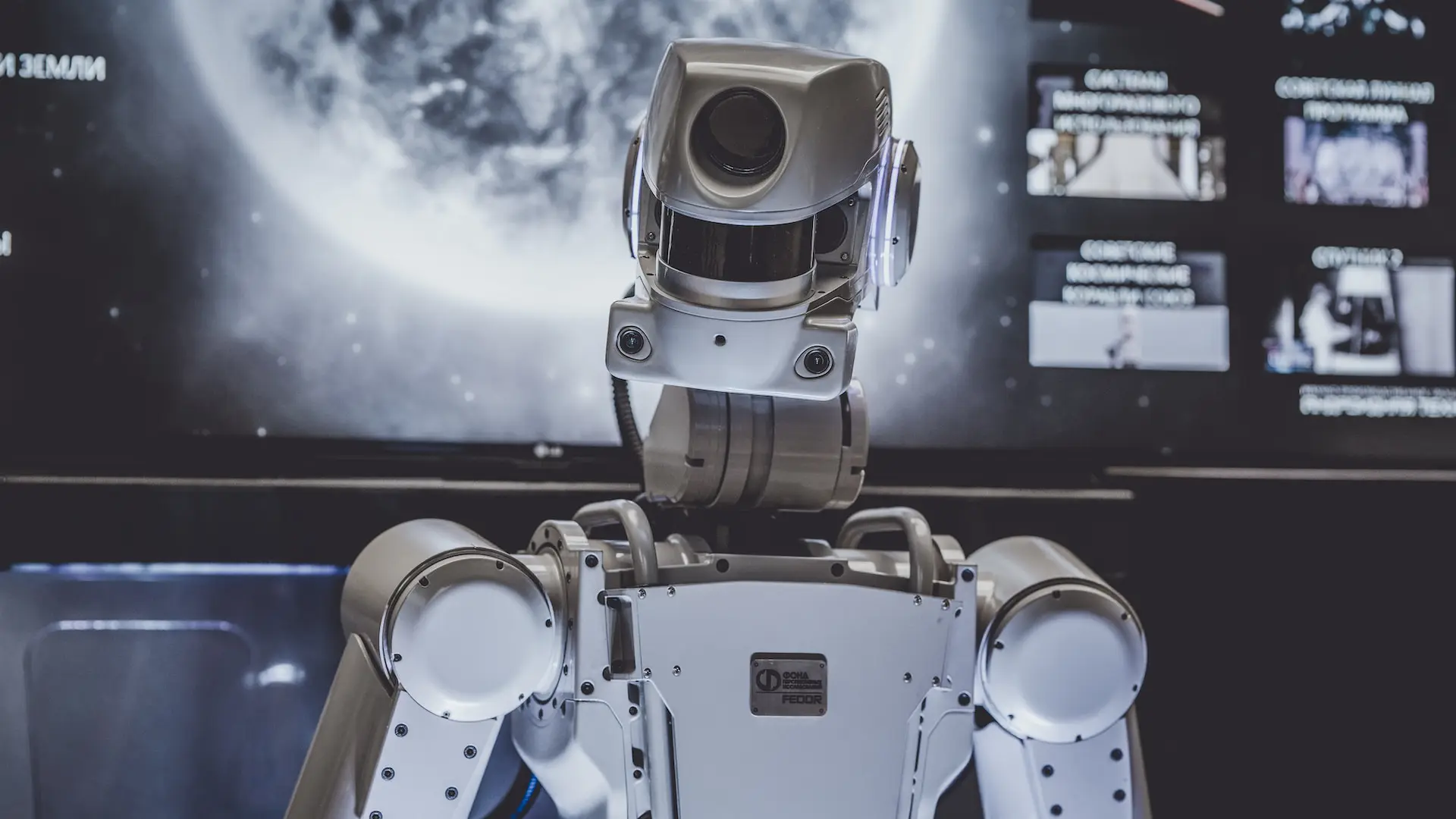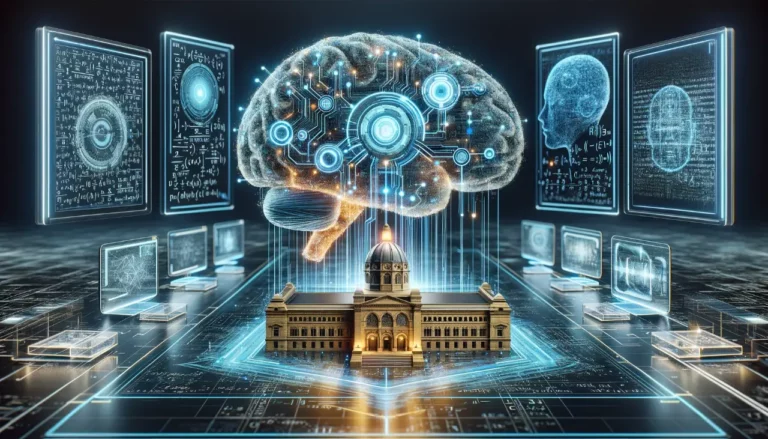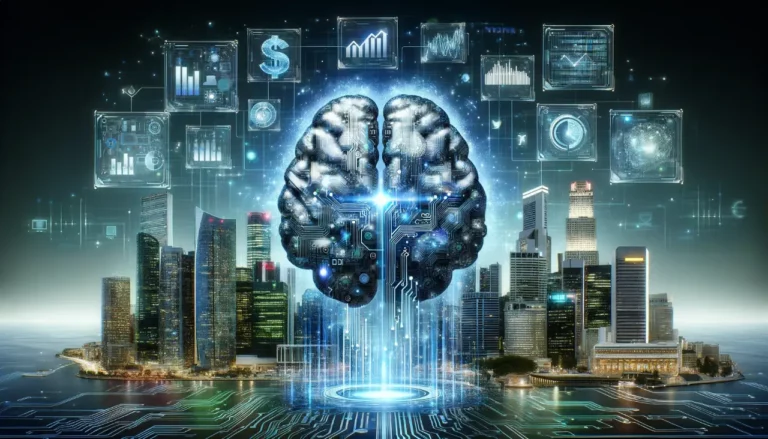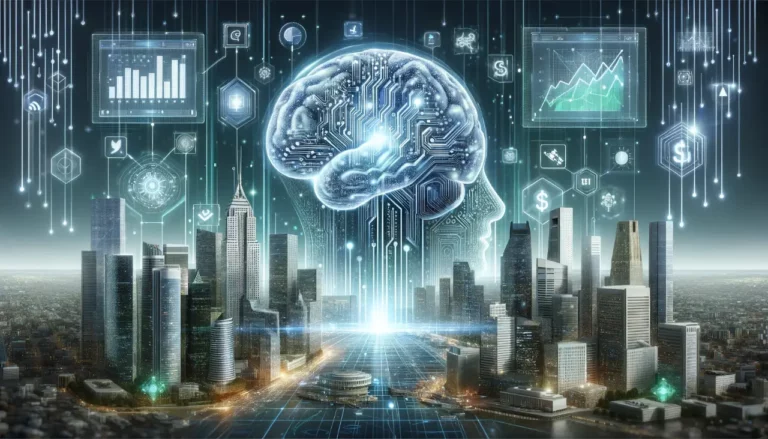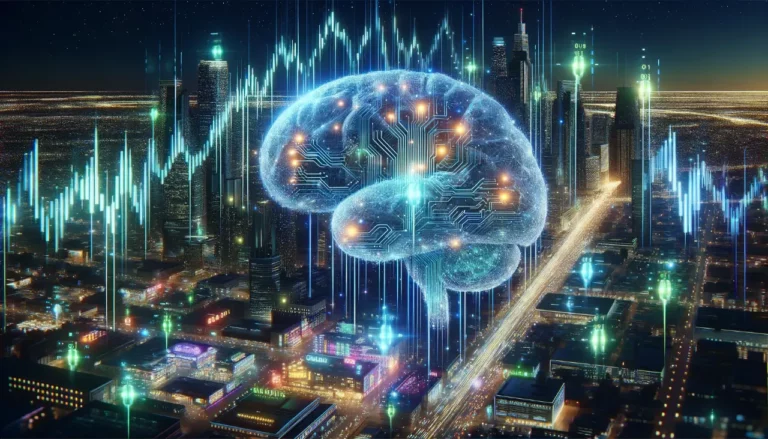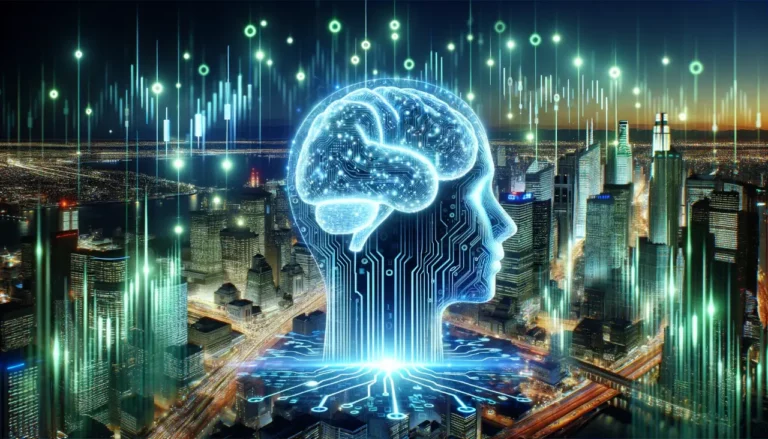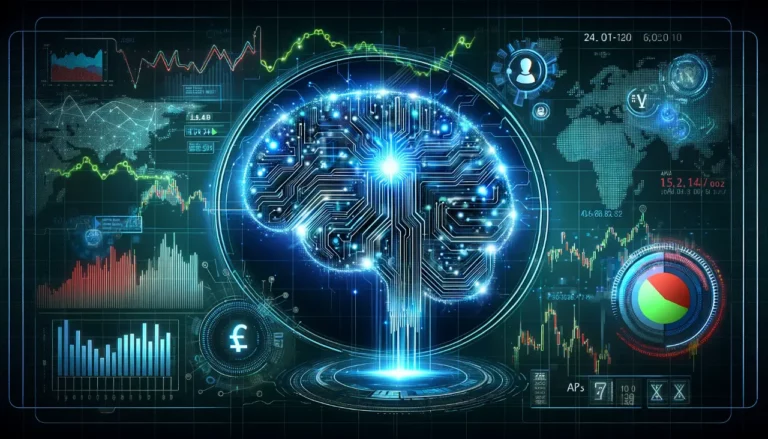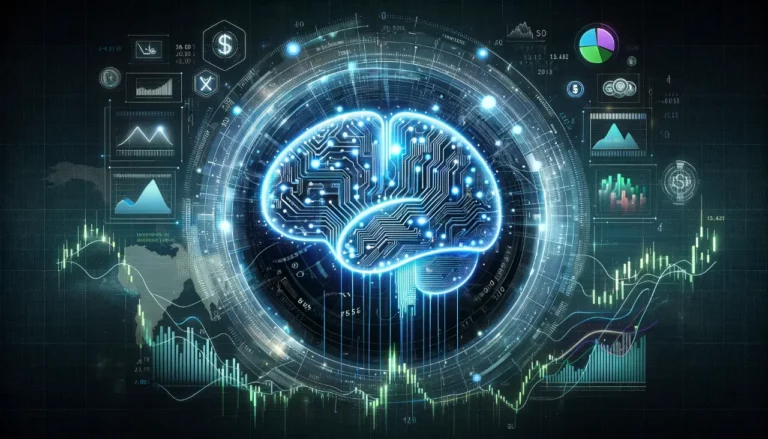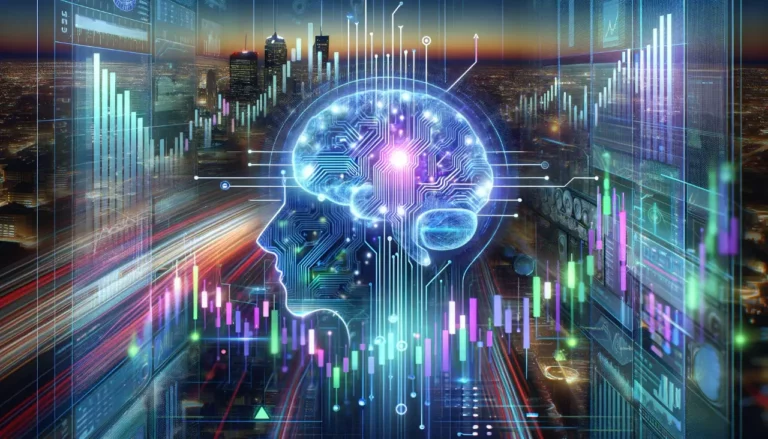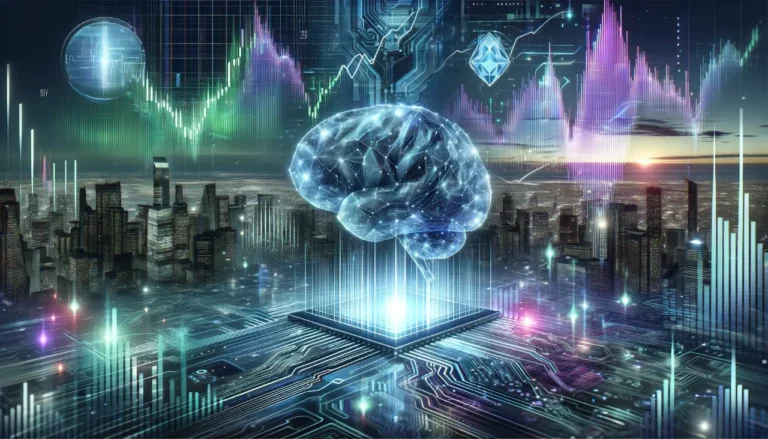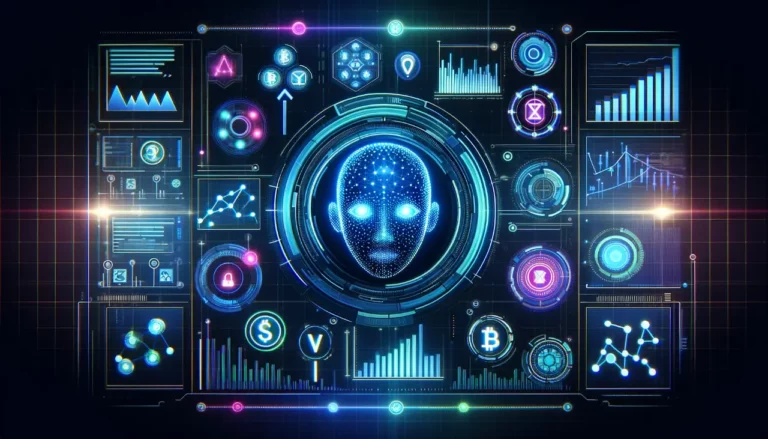Machine learning is an incredibly powerful technology, but it’s also a complex one. It requires significant investment in software infrastructure and data scientists, and it can have negative social impacts if not used responsibly.
ML is used by organizations of all sizes to automate tasks and increase efficiency. The top five industries that benefit most from machine learning include: financial services, retail, healthcare, manufacturing, and social media.
Machine learning is the process of teaching a computer to learn.
Machine learning (ML) is a subfield of artificial intelligence that uses algorithms to teach computers to learn and improve without human intervention. This technology is used in a wide range of applications, from identifying fraudulent financial transactions to helping machines translate speech and text.
Supervised learning is one of the most common types of machine learning. It teaches systems by showing them examples of data and letting them figure out what the data means. For example, a supervised learning algorithm would be exposed to many pictures of handwritten numbers that are annotated with which number they correspond to. Over time, it would be able to recognize the shapes and clusters of pixels that represent different numbers and accurately predict which number they correspond to.
Other types of machine learning include decision trees, neural networks, and random forests. Each of these algorithms tries to find patterns and relationships in data and can be used to make predictions, classify information, reduce dimensionality, and create recommendation systems.
It is a subset of artificial intelligence.
Machine learning is a subset of artificial intelligence that allows computers to learn and predict patterns without being explicitly programmed. This technology is becoming more widely used in businesses and industries, from fraud detection to analyzing medical data to recommend treatments. It is also being used to improve existing processes, predict industry trends and business performance, and reduce risk.
Many of the tasks that humans perform can be automated using machine learning, from recognizing images to classifying text. The most popular type of machine learning is supervised, which uses labeled data sets to train algorithms. The algorithm then applies these learned models to new data, identifying patterns and making predictions.
Another important application of machine learning is natural language processing, which enables machines to recognize speech and text. This is what makes chatbots and digital assistants like Siri or Alexa possible. However, there are still limitations to this technology. For example, if biased information is fed into a machine learning algorithm, it can replicate and perpetuate discrimination.
It is a subset of deep learning.
Machine learning is a form of artificial intelligence that uses algorithms to learn and adapt from data without being programmed by humans. It is becoming increasingly popular in a variety of industries, including finance, retail, and healthcare.
The goal of machine learning is to teach computers how to perform tasks that would be difficult or impossible for humans to do. This technology is used to make predictions, find patterns, and help companies optimize their operations.
Examples of machine learning include recommender systems, natural language processing, computer vision, and fraud detection. It is also being used in the finance industry, where it is used to identify suspicious transactions and prevent money laundering. It is also being used in medicine to predict which patients are likely to develop a disease, as well as to improve the efficiency of drug discovery and manufacturing. In addition, social media sites use ML to personalize content and target ads.
It is a subset of natural language processing.
Machine learning can be descriptive, or explain what happened; predictive, or forecast what will happen; or prescriptive, or recommend what to do. It can be applied to data sets of any size, such as credit card transactions, bakery sales reports, customer service conversations, or medical images. The most common application of machine learning is in the form of supervised learning, where algorithms are trained with labeled data and then learn to identify patterns on their own.
Recommendation engines like those used by Netflix and Amazon are a popular example of supervised machine learning. Similarly, banks use it to analyze patterns and flag suspicious transactions. However, if these systems incorporate biases, they can perpetuate forms of discrimination, like showing people content that is racist or sexist. This can have a ripple effect, causing harm in the wider society. This is a critical area for research and development. It’s important for businesses to understand the basics of machine learning, so they can make informed decisions about when it makes sense to apply it to their business model.

